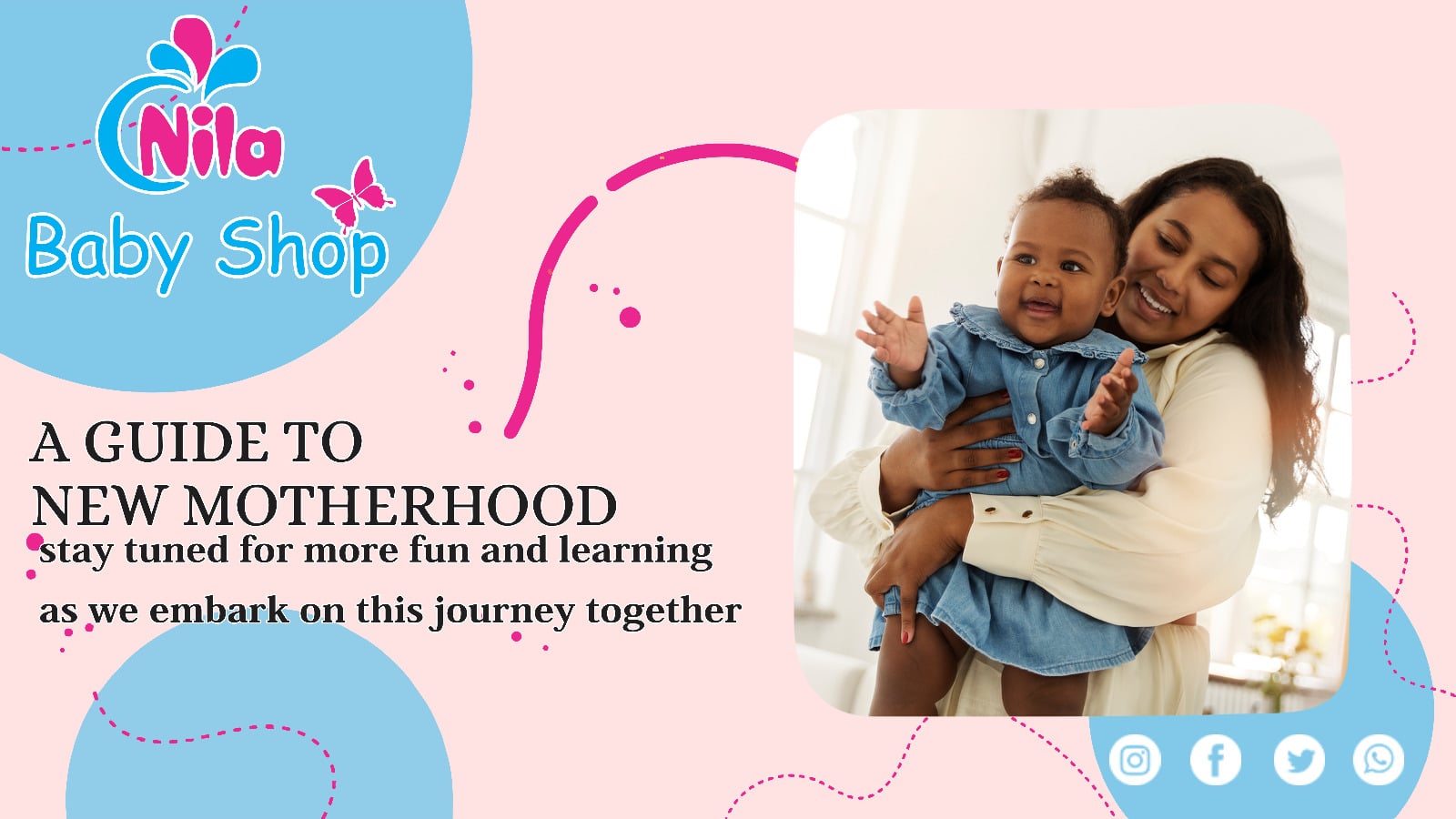
Nila Baby Shop
Proper Bathing and Skin Care For Your Newborn
The skin of a baby is fragile and sensitive. While offering a relaxing experience for you both, proper skin care and bathing may help preserve the health and texture of the baby’s skin. Despite common belief, most newborns don’t require a bath every day. Most newborns only need to be washed twice or three times each week, or every other day, due to the numerous diaper changes and post-feeding wipes of the mouth and nose. They can take a bath at any time of day. Before a feeding, bathing often works great. As part of the nighttime routine, many parents prefer to wash their infants in the evening. This is effective, particularly if the infant enjoys and benefits from bath time. At first, sponge baths are required. Bathing in a tub of water shouldn’t be done until the baby’s umbilical cord stump comes off and a boy’s circumcision heals to prevent infection.
The water should be about 100 degrees Fahrenheit (38 degrees Celsius). A soft washcloth or a baby bath sponge is recommended to clean the baby’s skin and be gentle around the face and head. After the bath, pat the baby dry with a soft towel and dress them in clean clothing. It is also important to keep the baby’s umbilical stump clean and dry, as directed by the pediatrician. Additionally, to keep the baby’s skin moisturized, it is recommended to apply a fragrance-free, hypoallergenic baby lotion or oil after bathing.
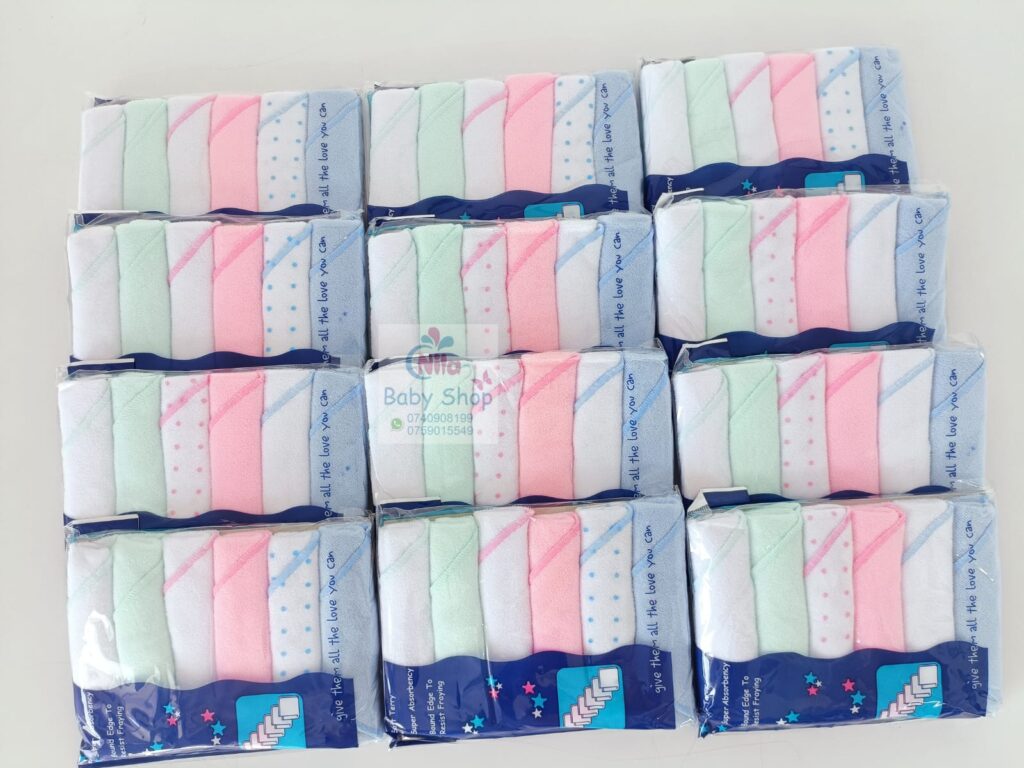
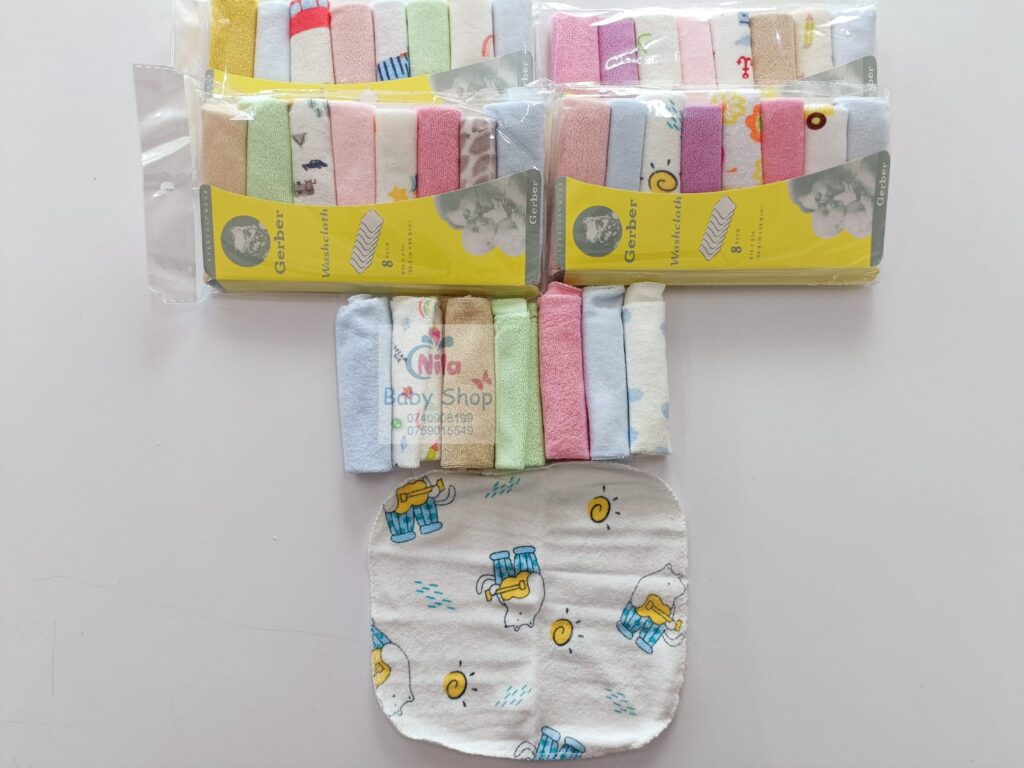
You will need the following items to bathe your newborn:
- A baby bathtub or a sink lined with a soft towel or a baby bath sponge
- Mild baby soap
- A soft washcloth or a baby bath sponge
- A soft towel for drying the baby off
- A clean set of clothing for the baby
- A hypoallergenic, fragrance-free baby lotion or oil (optional)
- A thermometer to check the water temperature
It’s also important to have a safe and secure area to place the baby while you bathe them, such as on a changing table or a towel on the floor so that you can keep one hand on the baby at all times and avoid any accidents.
HOW TO GIVE A SPONGE BATH
Giving a sponge bath to a newborn is a simple and safe way to clean your baby without immersing them in water. Here are the steps for providing a newborn with a sponge bath:
- Gather all the necessary items, including a clean washcloth, a bowl of warm water (about 100 degrees Fahrenheit or 38 degrees Celsius), mild baby soap, and a soft towel.
- Place the baby on a soft towel or a changing table. Keep one hand on the baby at all times to ensure their safety.
- Wet the washcloth in warm water and wring it out so that it is damp, not soaking wet. Gently wipe the baby’s face and head carefully around the eyes and ears. Use a separate cloth corner to clean the baby’s neck, chest, and arms.
- Clean the baby’s legs and feet and then the diaper area, being sure to wipe well.
- Use a small amount of mild baby soap to clean the baby’s genitals, genitals and anus area.
- Rinse the washcloth and gently wipe the baby’s skin to remove the soap. Be sure to clean any creases and folds on the baby’s skin.
- Use the soft towel to pat the baby dry, paying attention to folds and creases.
- Apply a fragrance-free, hypoallergenic baby lotion or oil to moisten the baby’s skin.
Be gentle and avoid rubbing the baby’s skin too hard, as newborn skin is delicate. Also, sponge baths can be done as often as needed, but full baths once a week are enough for a newborn baby.
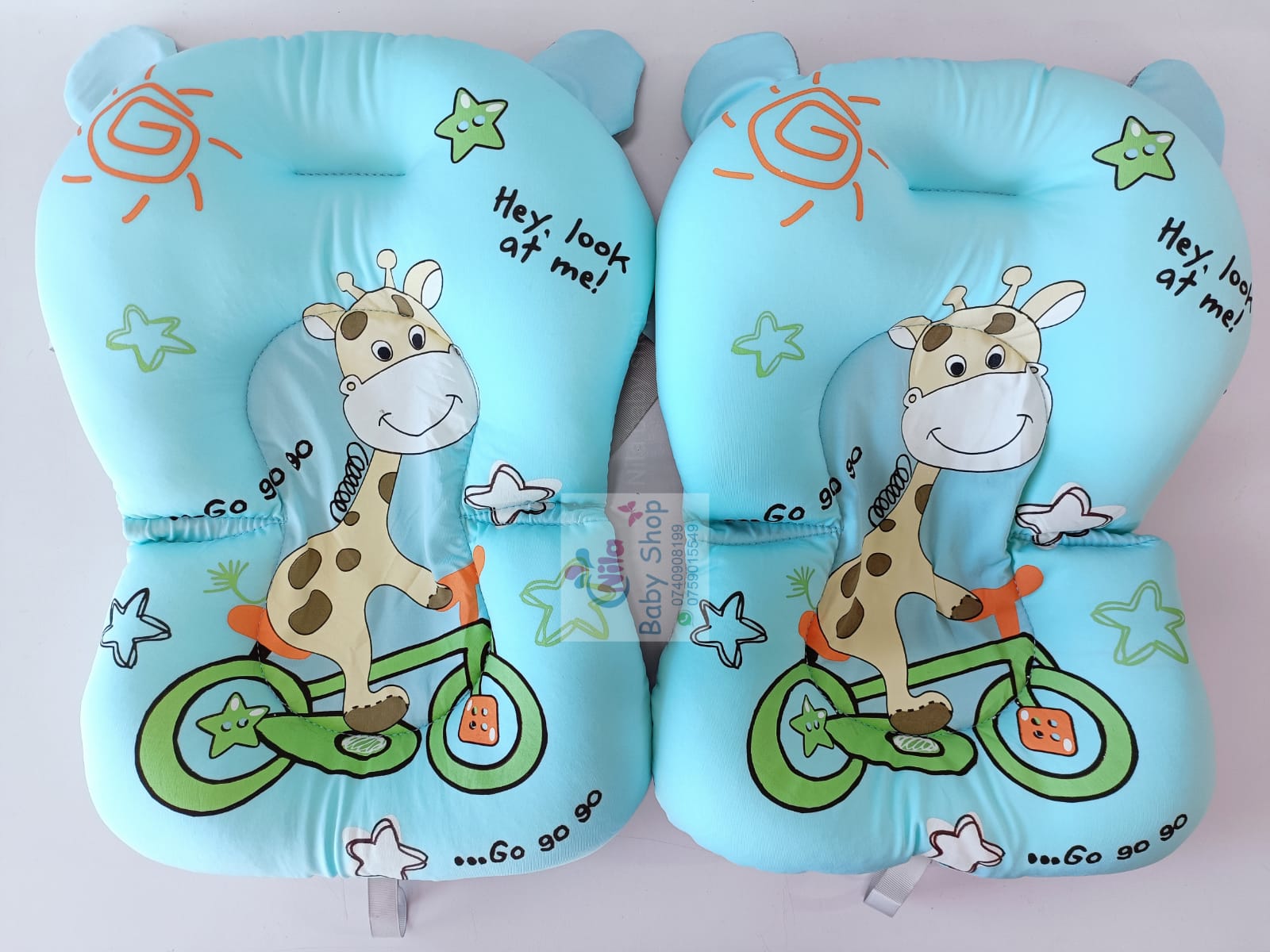
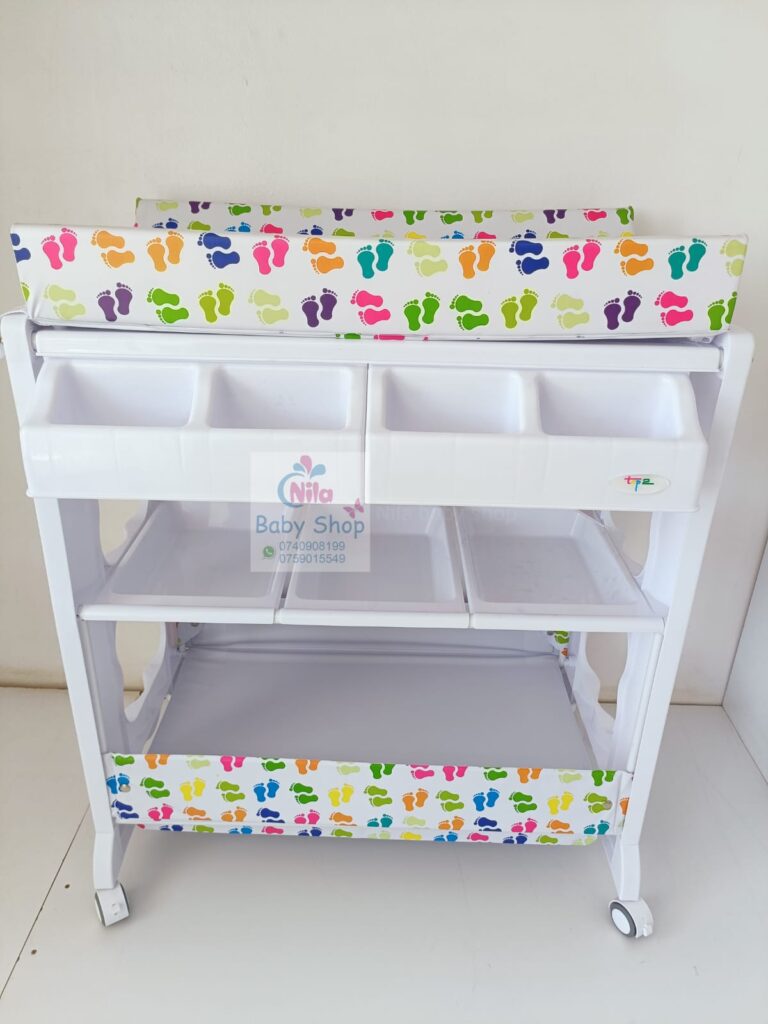
HOW TO GIVE A TUB BATH
Giving a newborn a tub bath is a bit more involved than a sponge bath, but it’s still a simple process if you follow these steps:
- Gather all the necessary items, including a baby bathtub or sink lined with a soft towel, mild baby soap, a soft washcloth or baby bath sponge, a soft towel for drying the baby off, and a thermometer to check the water temperature.
- Fill the baby bathtub or sink with about 2-3 inches of warm water (about 100 degrees Fahrenheit or 38 degrees Celsius). Use the thermometer to check the water temperature and adjust it as necessary.
- Place the baby in the tub or sink, keeping one hand on the baby at all times to ensure their safety.
- Use the washcloth or baby bath sponge to gently clean the baby’s face and head, carefully around the eyes and ears. Use a separate part of the cloth to clean the baby’s neck, chest, and arms.
- Clean the baby’s legs and feet and then the diaper area, being sure to wipe well.
- Use a small amount of mild baby soap to clean the baby’s genitals, genitals and anus area.
- Rinse the baby with warm water, cleaning any creases and folds on the baby’s skin.
- Carefully lift the baby out of the bathtub or sink and pat them dry with a soft towel. Pay special attention to folds and creases.
- Apply a fragrance-free, hypoallergenic baby lotion or oil to moisten the baby’s skin.
It’s important to never leave the baby alone in the bathtub, even for a moment. Also, always use a thermometer to check the water temperature and ensure it’s not too hot or cold. Newborns should have a bath once a week, but you can use sponge baths between the full baths.
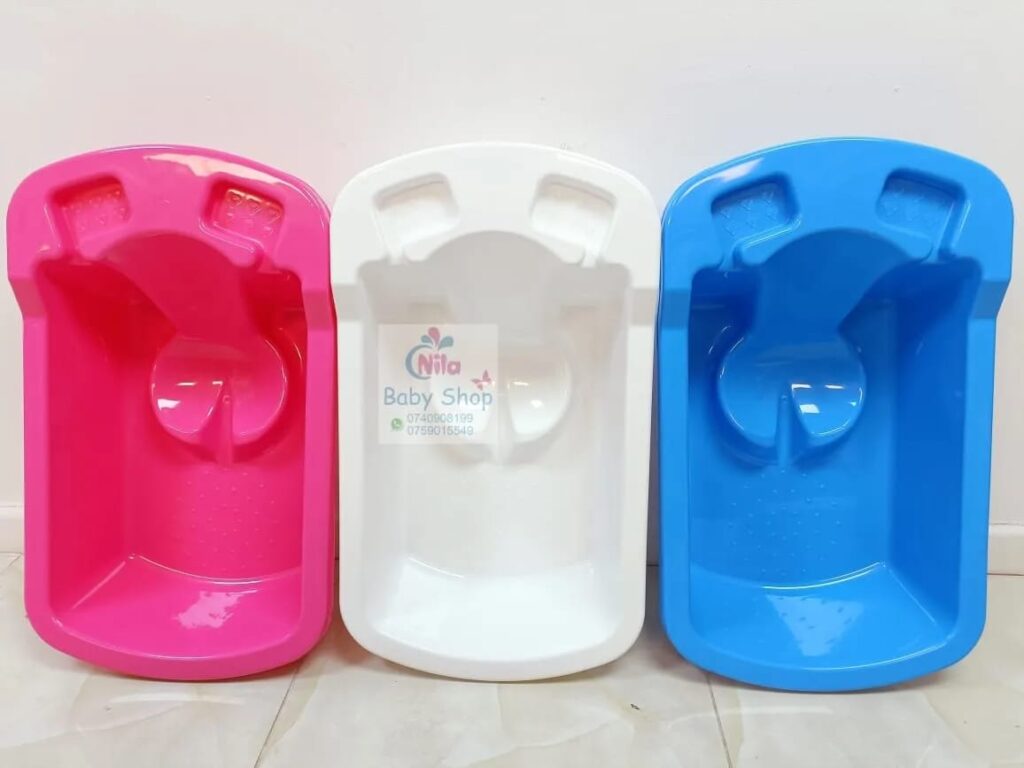
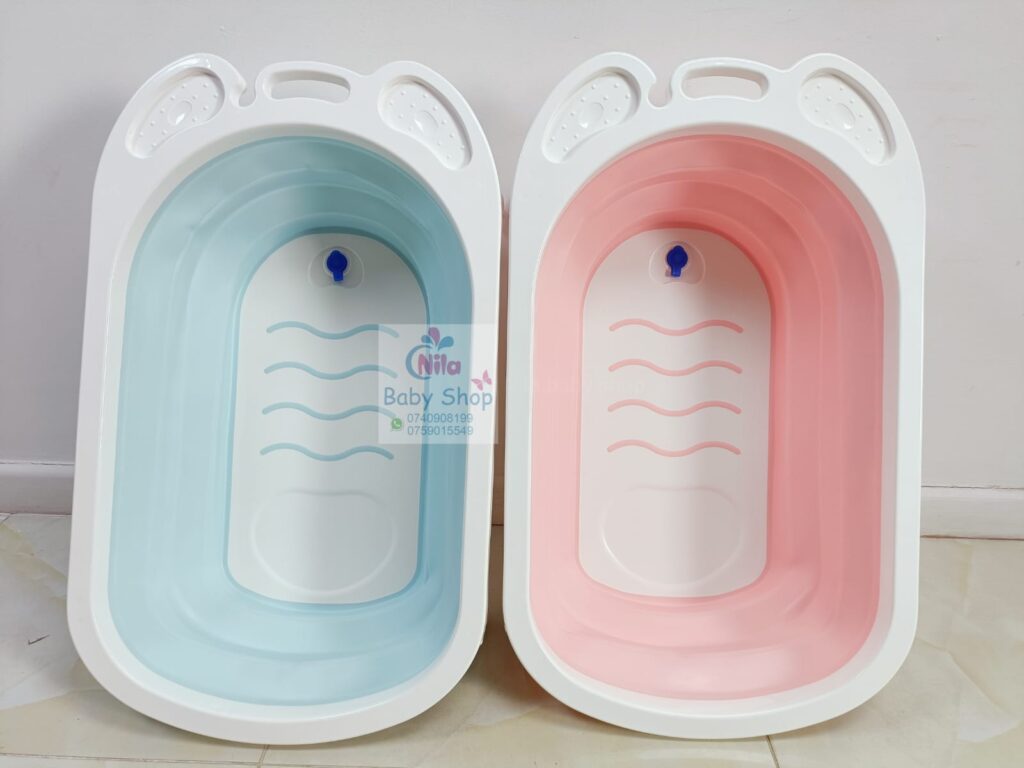
SKINCARE FOR YOUR NEWBORN
Newborn skin is delicate and requires special care. Here are some tips for taking care of your newborn’s skin:
- Keep the skin clean: Give your baby regular sponge baths or baths using mild baby soap and warm water. Be sure to clean any creases and folds on the baby’s skin and dry the skin thoroughly after bathing.
- Moisturize: Apply a fragrance-free, hypoallergenic baby lotion or oil to the baby’s skin after bathing to keep it moisturized.
- Avoid harsh products: Avoid using lotions or creams that contain fragrances or dyes, as they can irritate the baby’s sensitive skin. Also, avoid using talcum powder, as it can cause breathing problems if inhaled.
- Dress the baby in soft, breathable clothing: Dress the baby in soft, breathable clothes made of natural fibers, such as cotton, to avoid irritation and diaper rash.
- Keep the baby cool: Overheating can cause skin irritation and rashes, so make sure the baby’s room is cool and well-ventilated.
- Diaper change: Change the baby’s diaper frequently, as soon as it is wet or soiled. Use mild baby wipes or a damp cloth and clean the area well, and apply a barrier cream to the diaper area to prevent diaper rash.
- Protect from the sun: Newborns have very sensitive skin, so protecting them from the sun is important. Keep them out of direct sunlight, and dress them in lightweight, long-sleeved clothing and a wide-brimmed hat when you take them outside.
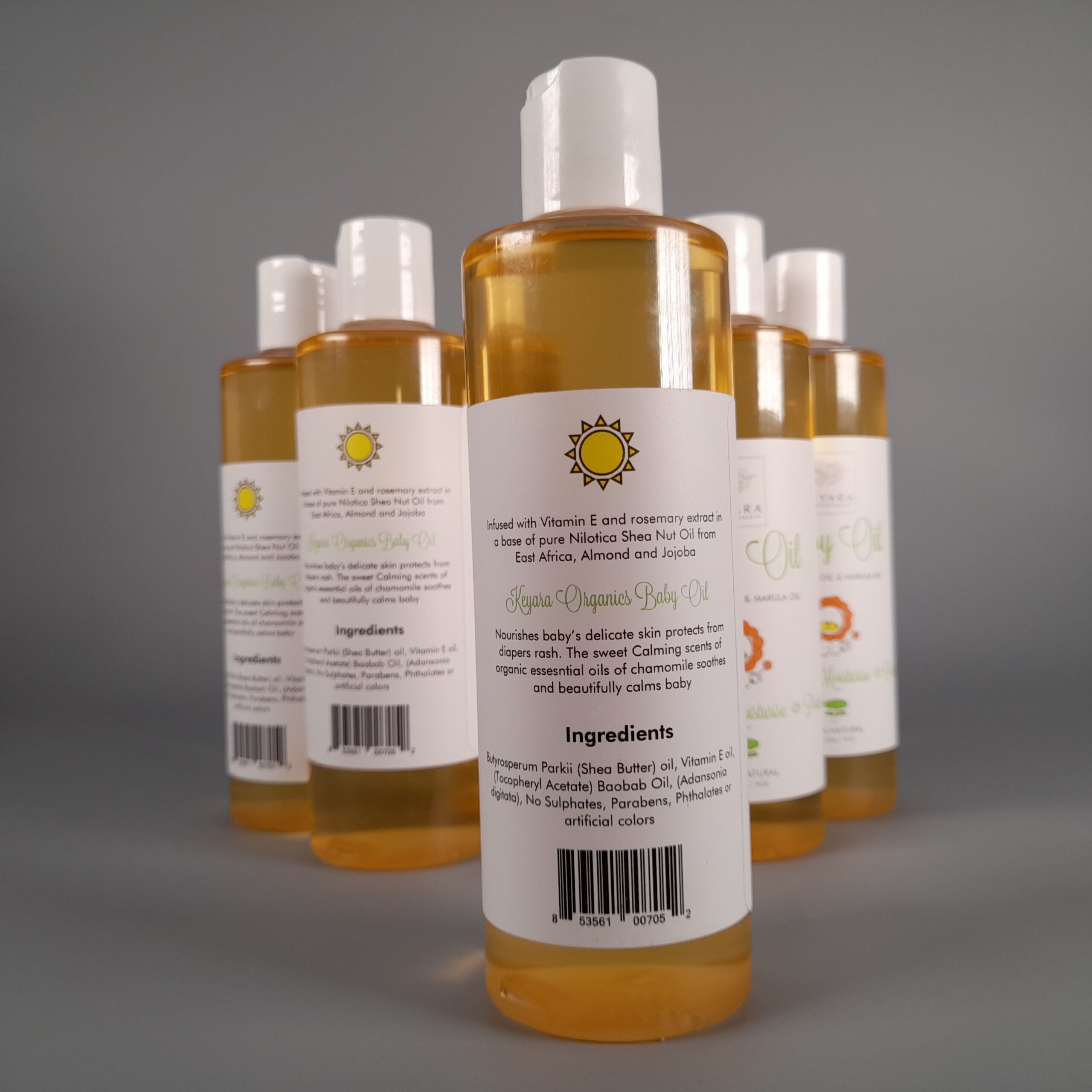
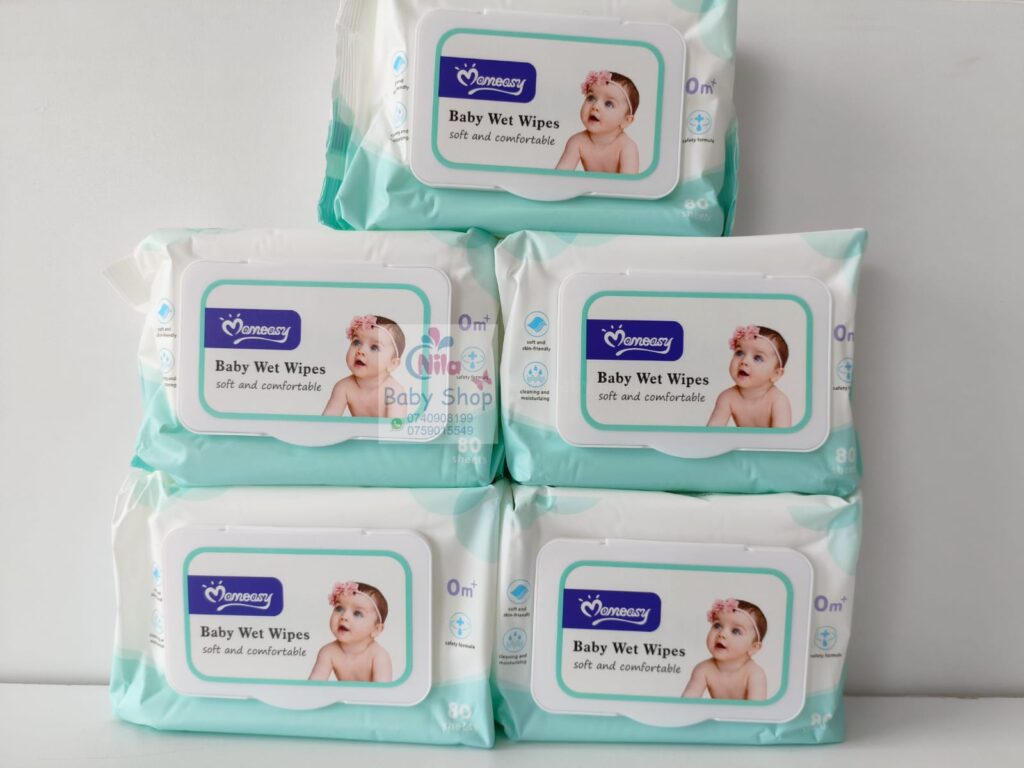
Following these tips can help keep your newborn’s skin healthy and protected. If you notice any persistent rashes, redness, or other skin conditions, it’s important to consult with a pediatrician.
Written by Nila Baby Shop
Best Baby and Mother Products Store. Our main objective is to provide an exceptional online shopping experience, home delivery, and prompt customer service.
Leave a Reply